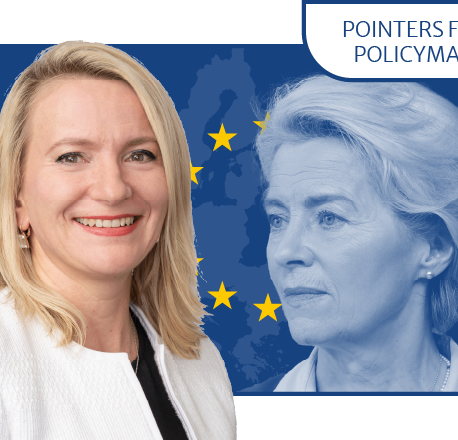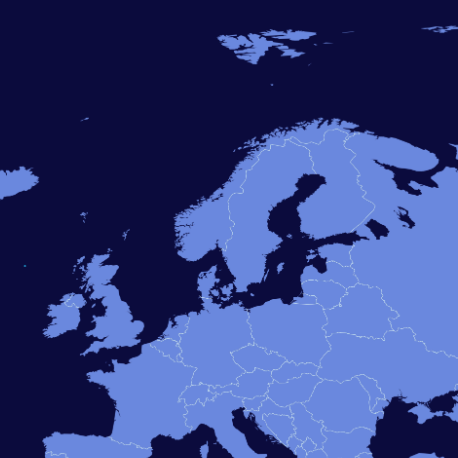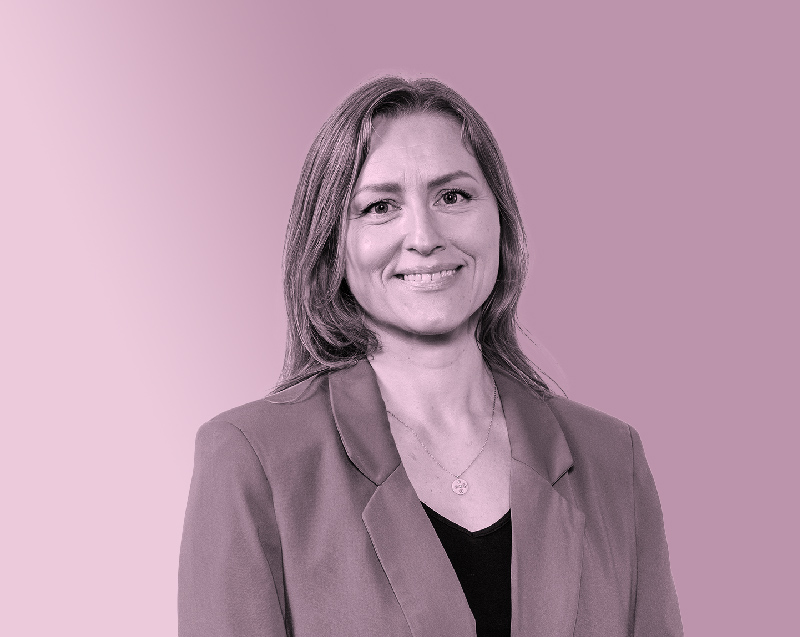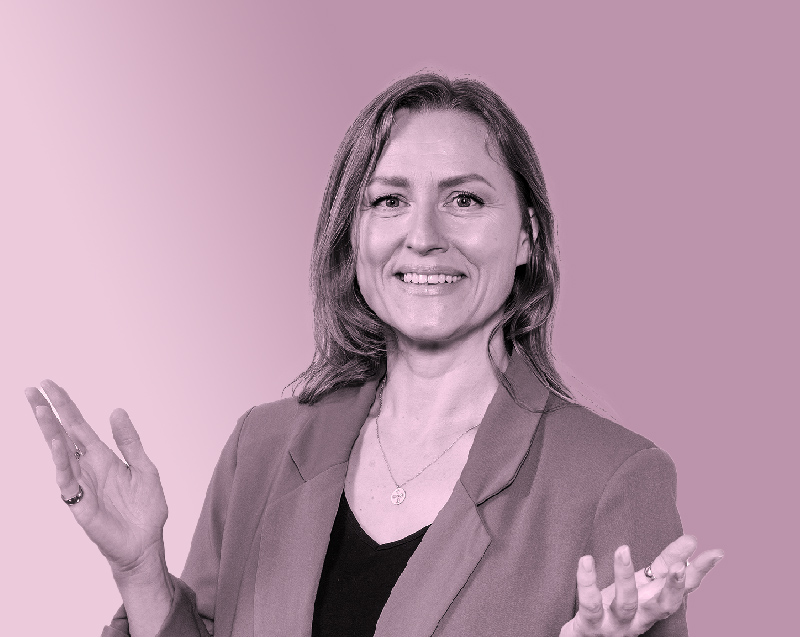
- Nordic financial sector associations have co-authored recommendations on which the European Commission should base its blueprint for European savings and investments accounts.
- When new financial sector regulation is drafted, it is often modelled after the markets of large member states regardless of whether this is the best solution for the intended purpose.
The European Commission is drafting a proposal for the creation of a European savings and investments account (SIA). The SIA blueprint would draw on the best practices of existing national systems and serve as a model that would encourage member states to develop their own solutions. The Finnish equity savings account is an example of the kinds of accounts that the Commission wants to encourage across all members state markets.
“The model we designed for European savings and investments accounts in collaboration with our Nordic colleagues is simply excellent. Our model allows much freedom to retail investors, and it is not built on creating new products or complicated systems. The point of it is to make saving and investing as easy as possible for people, even if they have little or no previous experience”, says Finance Finland’s Head of Investor Protection Terhi Valtonen.
The bold statement is not unfounded. A report published by the independent think tank New Financial comparing and analysing SIAs across 25 countries brings up largely the same features and best practices as the Nordic recommendations.
Finland, Sweden, Norway and Denmark have all introduced their own SIAs. Finland’s version of the SIA is the equity savings account introduced five years ago. Despite their different designs, the SIAs of all four countries are founded on the same principle: channelling savings into investments in a simple and attractive way.
The poster child of the New Financial report is the Swedish ISK. It is very popular in Sweden: almost four million Swedes have an ISK. According to New Financial, the ISK’s best features are its simplicity and few restrictions. There is no deposit limit, no minimum holding period and virtually no restrictions on what savers can invest in. The tax treatment is also clear and simple.
“SIAs have been very successful in the Nordic countries. Together with our Nordic colleagues, we looked at our national experiences and analysed what features make the best SIAs. The outcome of our work is a set of recommendations that the Commission should base its blueprint on”, says Valtonen.
The recommendations were co-authored by seven Nordic financial sector associations, including Finance Finland.
Nordic recommendations for European savings and investments accounts in a nutshell:
- No – or a significantly high – deposit limit. The Finnish equity savings account’s deposit limit is €100,000.
- Broad range of eligible assets. Retail investors must be able to choose from a broad selection of eligible assets, including listed shares, bonds and various funds. The Finnish equity savings account’s eligible assets currently only include listed stocks.
- No geographical restrictions. Europeans must be able to invest their savings without any geographical restrictions. There has been talk of SIAs that have geographical restrictions aimed at directing investments towards domestic or EU markets to boost their economic growth. The main problem with these proposals is the lack of diversification. To add to the point, retail investors typically have a significant home bias anyway, meaning they largely invest in assets within their own country or continent. Such restrictions would also give rise to challenges in determining when an investment is considered to target a specific geographical area. Is the decisive factor the location of the company’s headquarters, or, for example, a certain level of production in a given country?
- No minimum holding period. In some SIA models, funds must be held in the account for a minimum holding period to be eligible for specific benefits, such as a tax incentive. Such restrictions fail to take into account that retail investors have very different investment time horizons: some are saving for old age, others for only a year or so. Minimum holding periods could also create a ‘lock-in’ feature that would limit competition among SIA providers.
- Tax incentives and simple tax rules. The more complex tax rules SIAs have, the harder it is to understand their returns. This raises the threshold for investing –and one of the key objectives of the SIAs is to encourage people with no prior experience to also take up investing.
- User-friendly tax reporting. In Finland, the tax authorities receive tax reports directly from the service providers of the SIAs and create pre-completed tax returns for citizens based on them. The easier tax reporting is for retail investors, the more attractive the SIAs become.
It is clear that the Finnish equity savings account does not fulfil all the Nordic recommendations and that there is work to be done in Finland, too.
“The Commission would be wise to create a European blueprint for SIAs but allow for the SIAs to be designed and implemented at the member state level to best account for national specificities”, points out Valtonen.
Looking for more?
Other articles on the topic
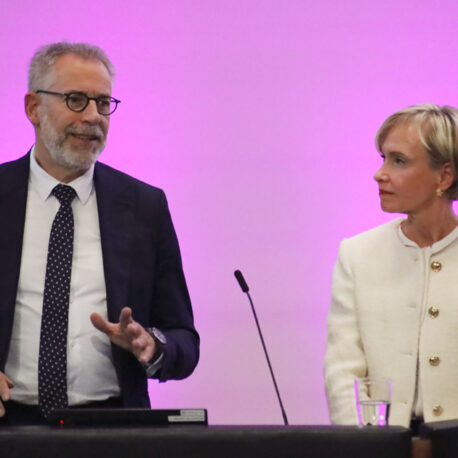
Head of Cabinet Michael Hager: Europe will not prosper simply by avoiding mistakes – Financial supervisors must look after competitiveness and growth
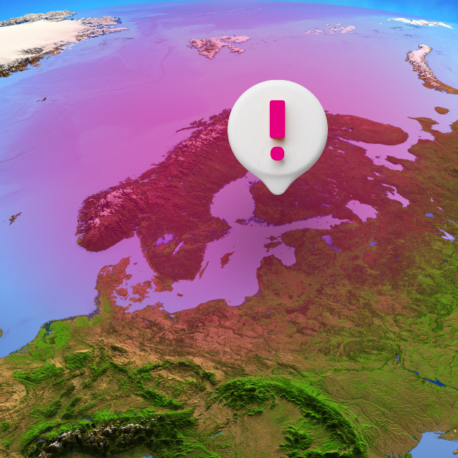
The Nordic model for European savings and investments accounts is simply excellent – The Commission would be wise to look to the North

Commission unveils proposal to revive securitisation, aiming to strengthen EU capital markets
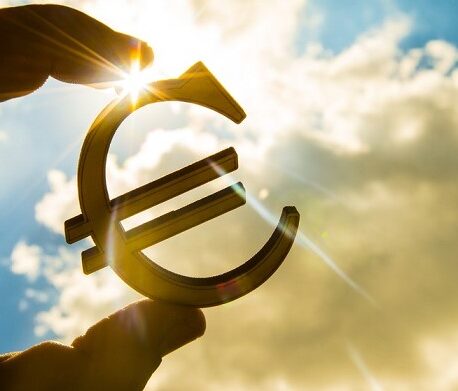
How much would the digital euro cost? Initial estimation published
